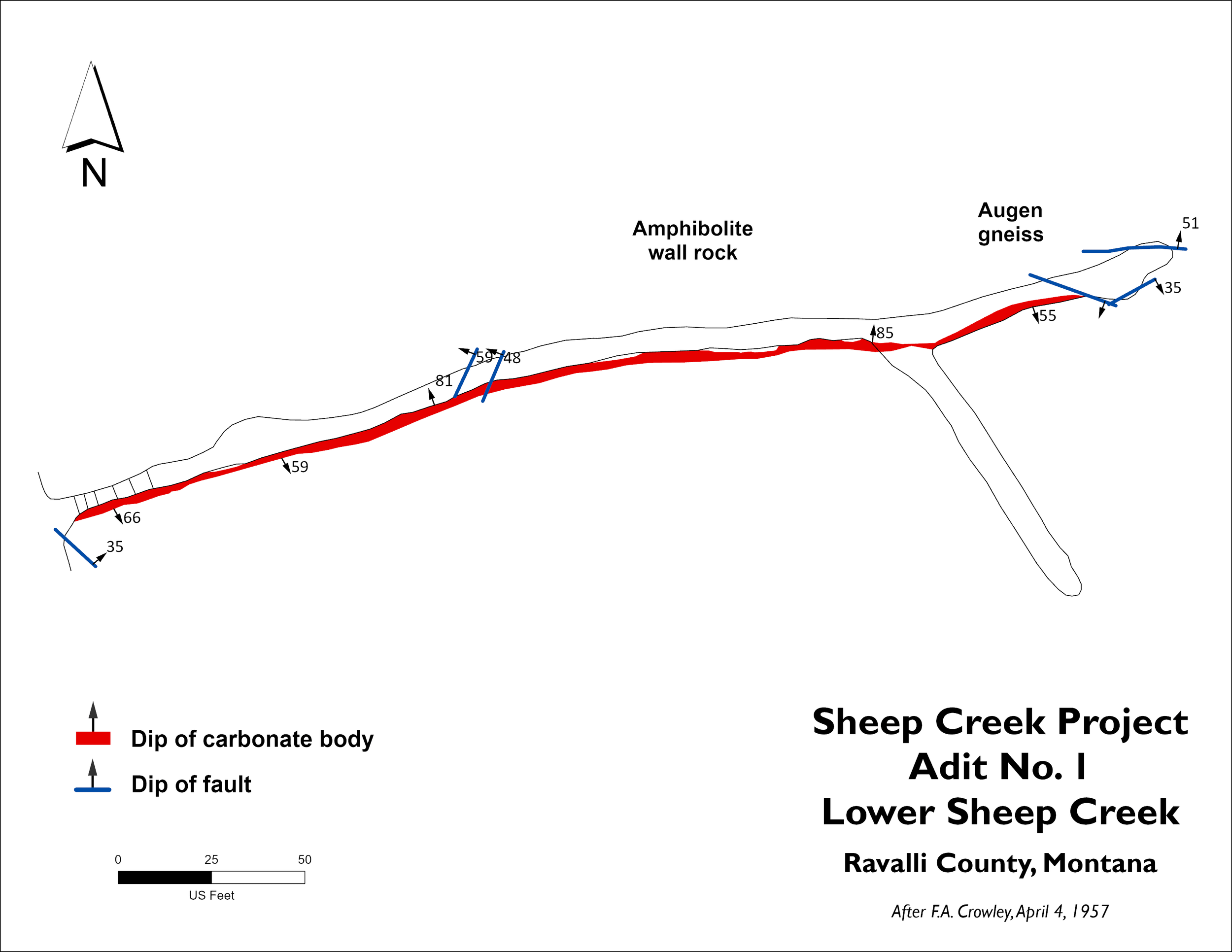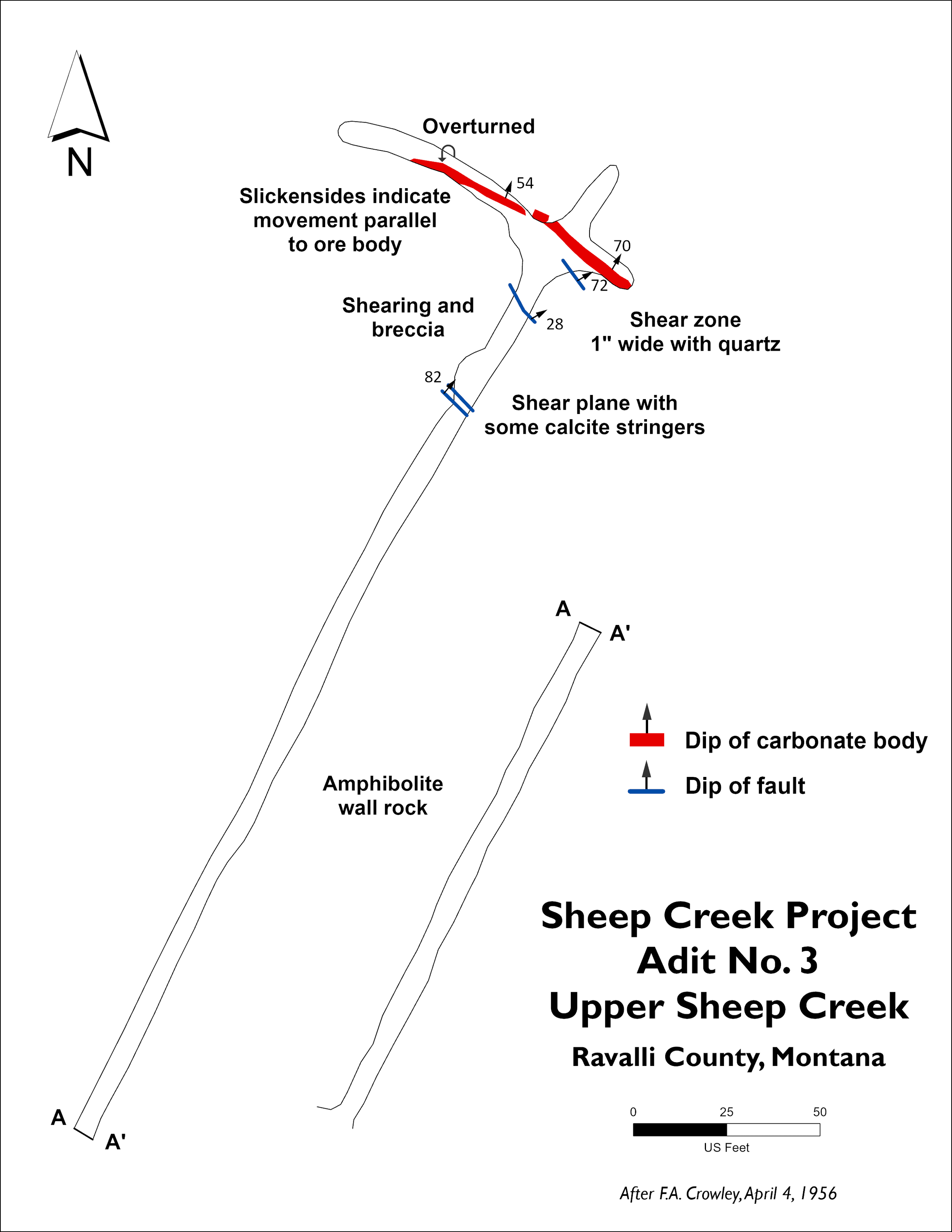Vancouver, British Colombia and Salt Lake City, Utah – (Newsfile Corp. – October 24, 2022) – US Critical Metals Corp. (“USCM”) (TSXV: USCM, OTCQB: USCMF; FSE: 0IU0) and US Critical Materials Corp. (“Materials Corp.”) (collectively, the “Partners”) are pleased to announce that through US Rare Elements Corp., the joint venture entity, the total number of contiguous claims comprising the Sheep Creek Rare Earth Project in Ravalli County, Montana (“Sheep Creek” or the “Project”) has been increased by 169 claims or approximately 3,400 acres for a combined total Project area of approximately 4,500 acres. In addition to expanding the number of claims, the Partners have commenced detailed mapping, rock, soil and stream sediment sampling of the historic and new claims. Geophysical and permitting work are also currently underway.
Project Expansion and Geologic Thesis
Past field work focused solely on the original 54 claims and was limited to a total of 51 rock chip and grab samples. The historical programs were successful in identifying potentially economic grades of rare earth elements. Grab and rock chip sampling of carbonatites indicate up to 18.0% total rare earth elements (“REE”), including 2.4% (23,810ppm) combined neodymium and praseodymium, plus credits in niobium and other strategic metals. Of the 51 historical samples (the “Samples”), the average total rare earth element content is 6.8%, including an average of 0.86% (8,640ppm) combined neodymium and praseodymium. Ten of the Samples were completed between 2009 and 2010 and 41 of the Samples were collected in 2021 (Figure 1).
Based on the initial 51 samples, regional studies (Gammon, 2019) and style of mineralization, Sheep Creek is believed to have similar mineralogy (Gammon, 2020) to significant rare earth deposits around the world. Specifically, the fenitization and associated minerals (i.e. phlogopite) observed at Sheep Creek are a signature of a potential larger body of carbonate magma of sufficient size and heat to cause alteration, which can also indicate a buried mineral deposit. Fenitization is a unique process of alkali metasomatism (alters the rock under high heat and pressure) that is related to a carbonatite or alkaline igneous rocks. It is widely seen in the Mesoproterozoic carbonatite dykes in the Bayan Obo giant REE-Nb-Fe deposit in China. Fenitization associated with a carbonatite is an indicator of a REE mineralizing process (Shang, Hong-Rui, Kui-Feng, and others, 2018). Alkali silicate minerals, such as sodic amphibole, aegirine, and phlogopite are found in the two main orebodies of the Bayan Obo mine, the East and Main open pits, Inner Mongolia, China.
The objective for the new claims will be focused on identifying, mapping and sampling new areas of mineralization. During the course of staking the new claims, the Partners took soil samples at each of the corner posts of the new claims. These samples will be sent to Activation Laboratories, located in Ancaster, Canada. The results and interpretation of this new information will be released in due course. Actlabs is an independent ISO/IEC 17025 certified laboratory. Internal standards and blanks will be inserted for all elements and major elemental oxides.

Fall Work Programs and Permitting
The initial exploration phase has begun and consists of geologic mapping of the Project at a scale of 1:1,000. This scale will permit the Partners to better define the upper and lower contacts of carbonatite dikes, which are known to contain the REE. In addition to defining the orientation, length and width of the carbonatites, the program will facilitate the delineation of additional work, including more detailed sampling, drilling and geophysics. Mapping will serve as the basis for the design of the rock and soil sampling programs along with the construction of geologic sections needed for the drilling program and permitting.
Concurrent with geologic mapping of the Project, the Company is conducting geochemical sampling. This phase of exploration consists of collecting up to 500 rock and soil samples across the expanded Project. Sampling will focus on the carbonatite dikes recognizing that carbonatite (dominated by calcite and dolomite) dikes are generally less resistant than the surrounding metamorphic and igneous rocks. Extensive areas covered by superficial deposits (i.e. talus) possibly host larger masses of carbonatite. In addition, samples are being collected throughout the Project to fully characterize the lateral extent of REE mineralization and internal variations which possibly reflect light and heavy rare earth element zonation. Results will be valuable in further examining the relative grade and distribution of mineralization across the Project.
Samples will also be taken below ground in the historic adits present at Sheep Creek. The three historic adits (Figure 2A-C) will be opened up, mapped and sampled to confirm previous work and style of mineralization. The historic workings comprise approximately 435 meters of drifting with about 122 meters on the carbonatite dikes. Detailed sampling of these dikes could strongly enhance the understanding of the mineralized system within the Project.



Management Commentary
Mr. James Hedrick, President of US Critical Materials Corp., comments: “I am highly encouraged by the style of minerology present at Sheep Creek. I believe this initial exploration program will provide valuable data to advance our geologic theory and objective of defining a new source of rare earths to address critically needed supply within the US.”
Mr. Darren Collins, Chief Executive Officer and Director of USCM, comments: “The work program for the Project will build upon historical work and sampling, with the objective of delineating an initial set of drill targets. This phased exploration approach is consistent with USCM’s overall objective of bringing a portfolio of projects to drill ready stage and selectively drilling the highest priority targets. We look forward to advancing this asset alongside our partner.”
References
Crowley, F. A., 1960, Columbium-rare-earth deposits, southern Ravalli County, Montana: Montana Bureau of Mines and Geology, Bulletin 18, 47 p.
Gammons, C.H., 2019, The Montana‐Idaho Alkalic Belt: An exploration target for critical metals and industrial minerals: Proceedings of 2019 MBMG Mining and Minerals Symposium, 8 p.
Gammons, C.H., 2020, Mineralogical investigation of the Sheep Creek carbonatite veins, Ravalli County, Montana. Proc. 2019 Montana Mining and Minerals Symposium, MBMG Special Publ. 121, pp. 81-92.
Shang Liu, Hong-Rui Fan, Kui-Feng Yang, Fang-Fang Hu, Brian Rusk, Xuan Liu, Xiao-Chun, Li Zhan-Feng Yang, Qi-Wei Wang, Kai-Yi Wang, 2018, Fenitization in the giant Bayan Obo REE-Nb-Fe deposit: Implication for REE mineralization, Ore Geology Review, V. 94, pp. 290-309.
Quality Control and Quality Assurance
In June, 2022, Robert J. Johansing, BSc (geology), MSc (economic geology), who is an independent qualified person as defined in National Instrument 43-101 – Standards of Disclosure for Mineral Projects (the “QP”), visited the carbonatites at Sheep Creek to confirm the geologic environment and the presence of the noted mineralization. The QP has not done sufficient work to confirm the historical analyses and has recommended detailed mapping and sampling over the mineralized outcrops and historical mine workings. The QP is not aware of any mineral resource estimates on Sheep Creek. The scientific and technical information contained in this news release has been reviewed and approved by the QP.
The historical samples noted above were collected by U.S. Rare Earths, Inc. (10 samples, 2009, SC series) and U.S. Critical Materials Corp. (41 samples, 2021, #21001-21041). The original analytical certificates (Activation Laboratories) have been reviewed along with the physical inspection of the sample sites.
The Samples were analyzed by Activation Laboratories, located in Ancaster, Canada (“Actlabs”). Actlabs is an independent ISO/IEC 17025 certified laboratory. Internal standards and blanks were inserted for all elements and major elemental oxides. Additional information relating to Actlabs’ analytical and testing procedures can be found at www.actlabs.com. Actlabs’ Quality System monitors all steps and phases of the operations. The Quality System outlines comprehensive details concerning facilities, personnel qualifications and processes used. Additionally, Actlabs is routinely audited by four regulatory agencies that focus on continual improvement. Quality Assurance program covers all areas of sample transportation, collection, preparation, analysis and data reporting.
Project Overview
Sheep Creek is located in Ravalli County, southwest Montana. Sheep Creek spans 223 lode claims representing approximately 4,500 acres of total land package. The claims are on multiple-use ground administered by the US Forest Service. Exploration activities performed by US Critical Materials Corp. and conducted in late 2021 have identified more than 50 carbonatite dikes in the Sheep Creek exploration area. The carbonatites are up to three meters wide and can be followed for more than 300 meters along strike. Important ore minerals identified include ancylite, allanite, low-thorium monazite, and columbite. The dikes are valuable for their contained light rare earth elements and other strategic metals. Historical grab and rock chip sampling of carbonatites indicate the potential for high-grade mineralization with up to 18.0% total rare earth elements, including 2.4% (23,810ppm) combined neodymium and praseodymium, plus credits in niobium and other strategic metals.
About US Critical Metals Corp.
USCM is focused on mining projects that will further secure the US supply of critical metals and rare earth elements, which are essential to fueling the new age economy. Pursuant to option agreements with private Canadian and American companies, USCM’s assets consist of three agreements, each providing USCM with the right to acquire interests in four discovery focused projects in the US. These projects include the Clayton Ridge Lithium Project located in Nevada, the Haynes Cobalt Project located in Idaho, the Sheep Creek Rare Earth Project located in Montana, and the Lemhi Pass Rare Earth Project located in Idaho. A significant percentage of the world’s critical metal and rare earth supply comes from nations with interests that are contrary to those of the US. USCM intends to explore and develop critical metals and rare earth assets with near- and long-term strategic value to the advancement of US interests.
About US Critical Materials Corp.
US Critical Materials Corp. is a private rare earths exploration and development company with holdings in Montana and Idaho. Future development of the Properties includes additional exploration, geologic mapping, sampling and analysis, and drilling with the objective of completing a future resource and reserve estimation. The deposits in Sheep Creek are unique due to low levels of thorium, as discussed above, which potentially allows mining with minimal damage to the environment. U.S. Critical Materials goal is to develop its properties with strategic partners who have the capital and expertise to explore, mine and extract the critical minerals. US Critical Materials Corp. is based in Salt Lake City, Utah. For more information visit www.usacritical.com.
For further information please contact:
Darren Collins
Chief Executive Officer and Director
Telephone: 1-786 633-1756
Neither TSX Venture Exchange nor its Regulation Services Provider (as that term is defined in policies of the TSX Venture Exchange) accepts responsibility for the adequacy or accuracy of this release.
Disclaimer for Forward-Looking Information
This news release contains certain information that may be deemed “forward-looking information” with respect to the Company within the meaning of applicable securities laws. Such forward-looking information involves known and unknown risks, uncertainties and other factors that may cause the Company’s actual results, performance or achievements, or developments in the industry to differ materially from the anticipated results, performance or achievements expressed or implied by such forward-looking information. Forward-looking information includes statements that are not historical facts and are generally, but not always, identified by the words “expects,” “plans,” “anticipates,” “believes,” “intends,” “estimates,” “projects,” “potential” and similar expressions, or that events or conditions “will,” “would,” “may,” “could” or “should” occur.
Although the Company believes the forward-looking information contained in this news release is reasonable based on information available on the date hereof, by its nature, forward-looking information involves assumptions and known and unknown risks, uncertainties and other factors which may cause our actual results, level of activity, performance or achievements, or other future events, to be materially different from any future results, performance or achievements expressed or implied by such forward-looking information.
Examples of such assumptions, risks and uncertainties include, without limitation, assumptions, risks and uncertainties associated with general economic conditions; the Covid-19 pandemic; adverse industry events; the receipt of required regulatory approvals and the timing of such approvals; that the Company maintains good relationships with the communities in which it operates or proposes to operate, future legislative and regulatory developments in the mining sector; the Company’s ability to access sufficient capital from internal and external sources, and/or inability to access sufficient capital on favorable terms; mining industry and markets in Canada and generally; the ability of the Company to implement its business strategies; competition; the risk that any of the assumptions prove not to be valid or reliable, which could result in delays, or cessation in planned work, risks associated with the interpretation of data, the geology, grade and continuity of mineral deposits, the possibility that results will not be consistent with the Company’s expectations, as well as other assumptions risks and uncertainties applicable to mineral exploration and development activities and to the Company, including as set forth in the Company’s public disclosure documents filed on the SEDAR website at www.sedar.com.
THE FORWARD-LOOKING INFORMATION CONTAINED IN THIS PRESS RELEASE REPRESENTS THE EXPECTATIONS OF US CRITICAL METALS CORP. AS OF THE DATE OF THIS PRESS RELEASE AND, ACCORDINGLY, IS SUBJECT TO CHANGE AFTER SUCH DATE. READERS SHOULD NOT PLACE UNDUE IMPORTANCE ON FORWARD-LOOKING INFORMATION AND SHOULD NOT RELY UPON THIS INFORMATION AS OF ANY OTHER DATE. WHILE US CRITICAL METALS CORP. MAY ELECT TO, IT DOES NOT UNDERTAKE TO UPDATE THIS INFORMATION AT ANY PARTICULAR TIME EXCEPT AS REQUIRED IN ACCORDANCE

